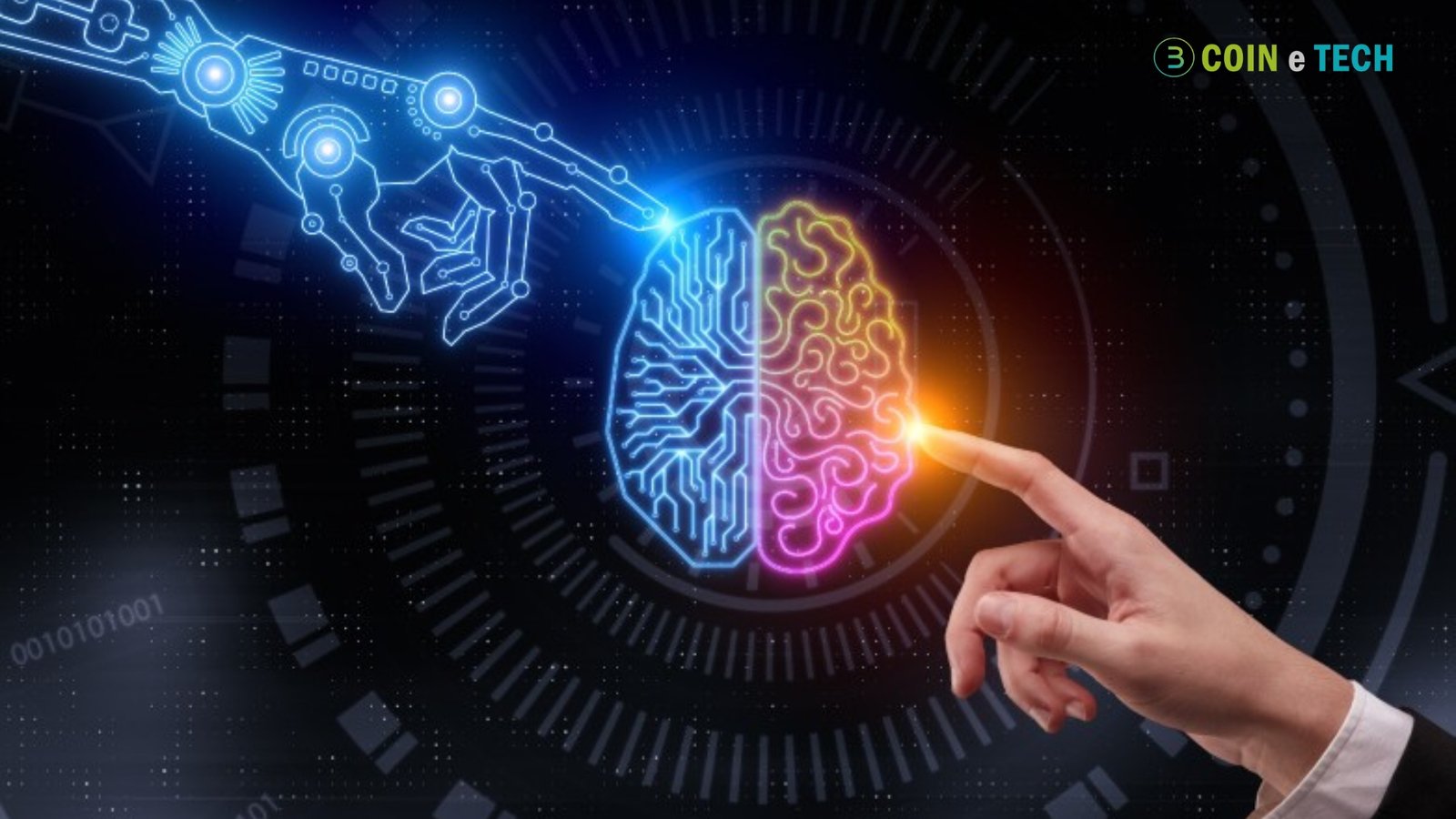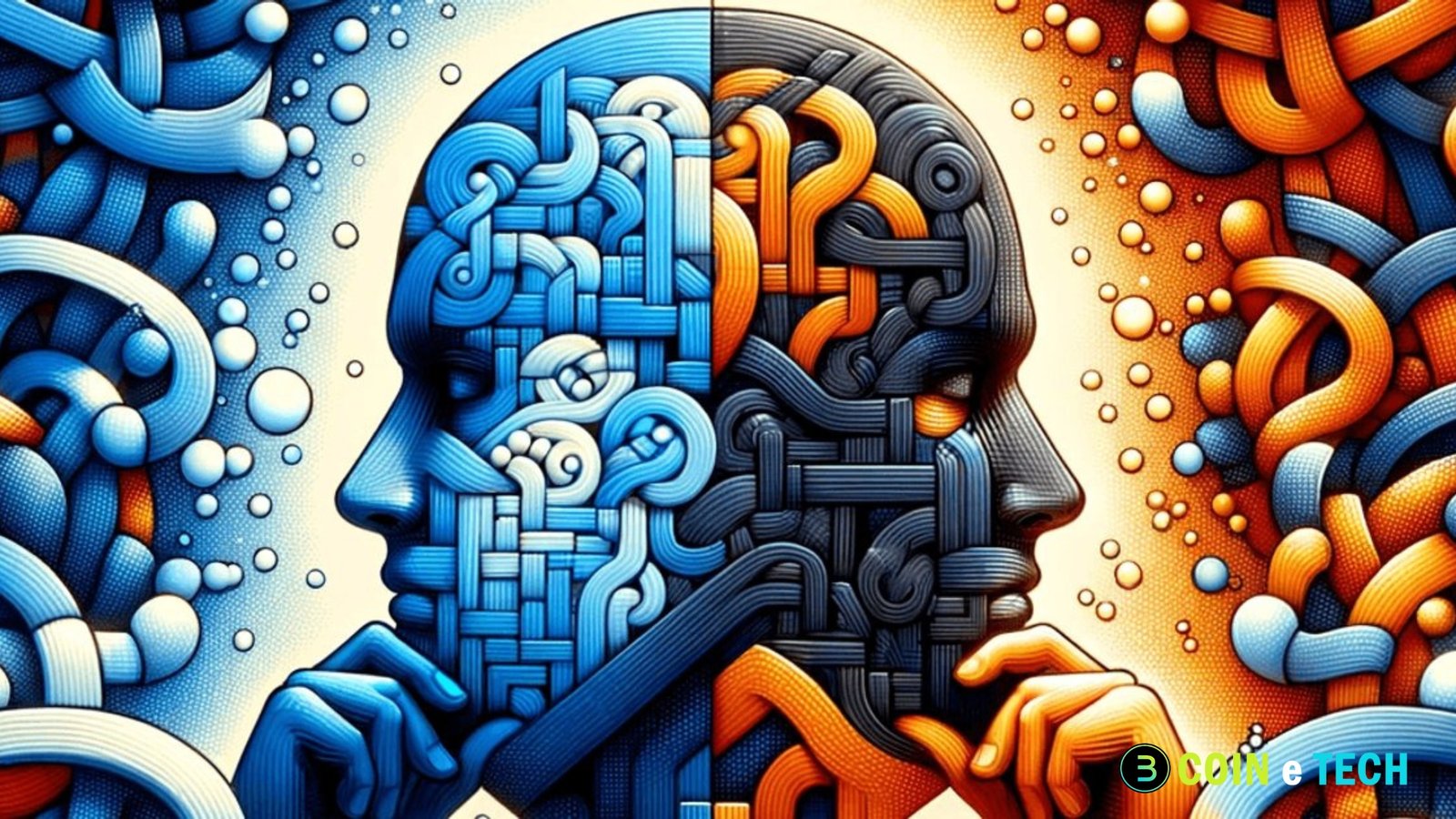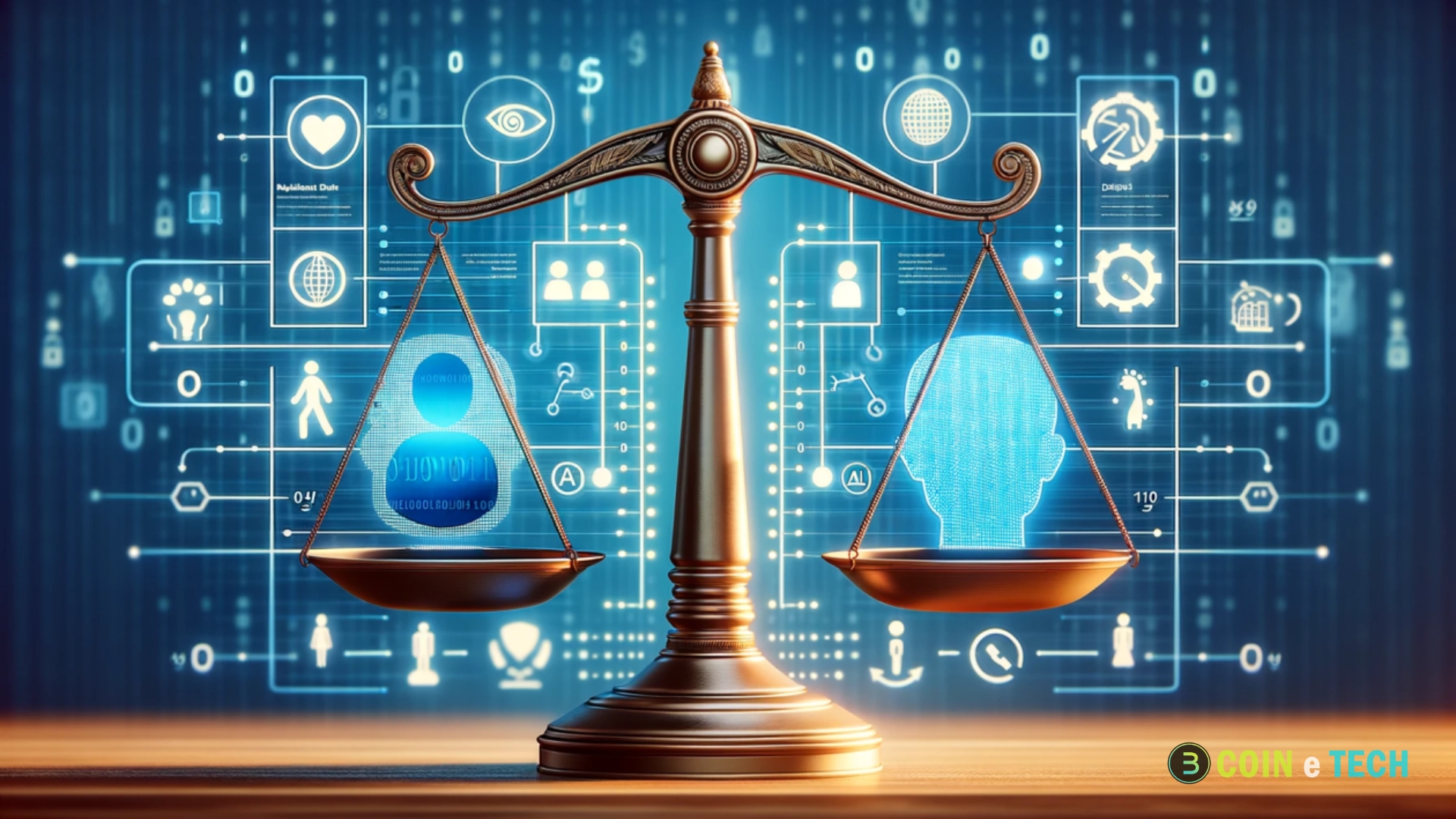Fairness In AI: The field of technology relies heavily on artificial intelligence. We can’t imagine our lives without it. The healthcare and financial sectors are only two of many that have felt AI’s revolutionary effects. Also, to ensure that AI algorithms are developed responsibly, we need to consider how crucial fairness is in AI. The worries that have arisen due to bias in training data should not derail AI programs.
Unwanted or systematic bias against certain groups or persons is one possible manifestation of bias. Bias can cause issues at various points in the AI lifecycle, including data collecting, preprocessing, algorithm design, and decision-making. Historical inconsistencies and societal biases are another source of prejudice that may arise from accidental sources. How important is fairness in AI and ML? Let’s find out.
What is Fairness in AI?
The rate of automation is increasing at a rate never seen before in human history. There have been tremendous shifts due to people’s regular use of AI and ML. Automating processes like university admissions and job application screenings is one area where AI and ML have made significant strides.
To that end, AI fairness is becoming an essential feature of AI systems and tools. Users may suffer harm if AI and machine learning algorithms do not adhere to ethical guidelines and are unfair. For instance, distorted news feeds generated by social media algorithms have been attributed as a cause of escalating political tensions.
Machine learning’s concept of fairness suggests ways to fix and remove algorithmic bias from ML models. When discussing AI and ML, “fairness” comes up frequently. Fairness is one of the critical ideas supporting the creation of responsible and ethical AI.
However, there are many ways in which the concept of fairness can be misleading. According to the common understanding, fairness is the quality of having a firm belief in the importance of doing what is right. Fairness is all about making sure that users are treated fairly. Conversely, depending on the circumstances, the concept of fairness could have varying connotations depending on the individual.
How Does Fairness Look from Different Perspectives?
The best way to decipher answers to queries like “Why is fairness in artificial intelligence important?” is to grasp the actual definition of fairness. From the vantage point of various academic fields, you may encounter multiple explanations of what it means to be fair. There are distinct philosophical, legal, and social scientific understandings of what it means to be fair. Quantitative fields like computer science, economics, mathematics, and statistics also have their unique takes on what it means to be fair.
- Regarding law, fairness focuses on safeguarding individuals and groups from mistreatment or discrimination. In a legal context, fairness emphasizes the prohibition of biases, behaviors, and decision-making based on certain social groups or protected factors.
- In terms of philosophy, fairness closely relates to anything morally right. For example, fairness in political philosophy refers to concepts of equity and justice.
- Fairness in social science accounts for social relationships and the power dynamics of different institutions and markets. In such cases, members of certain groups are more likely to have a position of advantage.
- The definition of fairness in quantitative disciplines can be perceived as mathematical problems where fairness should align with certain criteria for specific tasks.
Various fields have various challenges when trying to define fairness. As a result, there is no single, universally accepted definition of Fair AI.
Conventional Approach for Fairness in AI and Issues
seek fairness in AI instances afterAI researchers and professionals seek fairness in AI instances after to guarantee the development of responsible and ethical AI systems. But they usually look at justice from a quantitative standpoint. This is a constrained optimization problem, and the quantitative method is all about creating the best ML model possible while keeping fairness constraints in mind.
Philosophy, law, and social science can all contribute to a definition of the limits. Typically, limitations may be based on characteristics particularly delicate or protected by law. According to experts in artificial intelligence, the model should provide top-notch performance while treating people somewhat based on sensitive attributes.
Approaches for similar treatment of similar individuals can establish the fairness value in AI on an individual level. Classifying people into several groups and treating each group fairly is another way to define fairness at a group level. Ensuring that different subgroups are demographically balanced is the quickest way to guarantee group-level fairness. To make sure that protected class membership wouldn’t affect AI decisions anyway, demographic parity is in place.
Nevertheless, there may be significant problems with the quantitative method of guaranteeing fair AI systems. First, there are many diverse conceptions of fairness, and the specifics of such methods are too limited to account for all of them. When it comes to artificial intelligence, for instance, demographic parity might be an excellent way to ensure equity. In contrast to other conceptions of justice, it may reveal inconsistencies. Additionally, it is critical to ensure that AI systems and the methods they use to distribute resources are fair.
Importance of Addressing Fairness in AI and Machine Learning
Emerging technologies like artificial intelligence and machine learning have the potential to reshape our current understanding of technology’s utility. When it comes to artificial intelligence and machine learning, fairness is a must-have quality for creating trustworthy AI systems. Artificial intelligence (AI) systems that use bias to answer user questions are less likely to gain their trust. One of the main reasons to prioritize fairness in AI is to prevent unintentional prejudice against specific persons or groups.
Online shopping, music streaming, and college application processes are just a few examples of how machine learning and artificial intelligence are pervasive in modern technology. With the use of artificial intelligence and machine learning, we can simplify enormous data sets in order to extract useful recommendations based on individual tastes. But AI systems could respond unfairly and discriminatorily if their training data contains prejudice.
Data scientists and ML specialists should therefore seek out possible biases to guarantee that ML algorithms are fair. The correct training data can help AI learn to avoid bias, and it can also learn from observing human behavior. With AI being used in so many different areas, it’s crucial to think about how fair AI and machine learning are. From credit lending to criminal court proceedings around the world, AI systems are providing help for a variety of use cases. So, to make sure people trust AI algorithms for essential jobs, we need to make sure AI systems are fair and ethical.
Challenges in the Development of Fairness in AI
The general assumption about AI and ML systems is that they are ‘fair’ and do not follow discriminatory precedents for biased treatment towards certain groups. However, most of the definitions and perspectives on fairness are not considered in the initial stages of developing AI systems. However, the fairness importance in AI does not come into play with the consideration of different definitions of fairness.
Finding the correct fairness perspective for an AI system is tough, even with diverse definitions. You must also examine the actors involved in ML, such as dataset development, algorithm development, and AI system use. Each AI system development method may view fairness differently.
One of the prominent examples of fairness in AI examples would point to the COMPAS algorithm. It helps judges in forecasting which criminals are most likely to become repeat offenders. The problem with the algorithm is that it followed a quantitative approach to ensure fairness. However, it also left room for interpreting the meaning of fairness in AI. Artificial intelligence systems reflect and mimic society, which can amplify inequalities. Another problem for AI fairness is the lack of a clear explanation for defining or approaching fairness. Choosing one concept of fairness entails trade-offs that should be described to comprehend AI system activities.
You can also note some technical challenges for ensuring fairness in machine learning, such as opaqueness of machine learning models. In addition, the inclusion of different fairness constraints could create restrictions for an algorithm, thereby leading to lower accuracy. Furthermore, the use of AI systems also defines the implications of fairness. For example, an AI system could be classified as ‘unfair’ if users could not view, understand, and appeal against the actions or choices of the AI systems.
Conclusion
An entirely new technological revolution has been sparked by the emergence of AI. Before we can even think about the possibility of wider deployment of AI, though, we need to resolve the issues about fairness in AI systems. There must be equitable AI systems for usage in domains like credit lending and criminal justice.
Because of inherent bias in the training dataset, AI-driven credit lending systems, for instance, may unfairly target certain demographics. Finding the best ways to cope with these problems, such using quantitative techniques to eliminate prejudice, is crucial.






